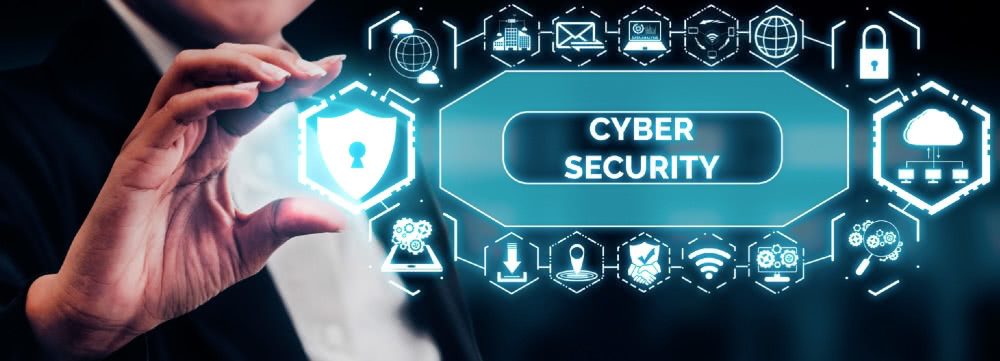
Defending Your Digital Fortress: A Comprehensive Guide to Cybersecurity
September 25, 2023
With the increasing frequency and sophistication of cyber threats, safeguarding your digital assets has never been more crucial. This blog post serves as your comprehensive guide to understanding and implementing effective cybersecurity measures.
The Cyber Threat Landscape
Cyber threats come in various forms, from hackers and malware to phishing attacks and data breaches. Understanding the types of threats you face is the first step in building a robust cybersecurity strategy.
Malware: Malicious software like viruses, ransomware, and spyware can infect your systems, compromise data, and disrupt operations.
Phishing Attacks: Cybercriminals impersonate trusted entities to trick individuals into revealing sensitive information or clicking on harmful links.
Data Breaches: Unauthorized access to sensitive data can lead to financial losses, legal consequences, and damage to your reputation.
Hacking and Intrusions: Sophisticated hackers may breach your network to steal data, disrupt services, or launch further attacks.
Building a Strong Cybersecurity Defense
Implement Strong Password Policies:
Enable multi-factor authentication (MFA) wherever possible.
Regular Software Updates:
Keep operating systems, applications, and antivirus software up-to-date to patch vulnerabilities.
Firewalls and Intrusion Detection Systems:
Install firewalls to monitor and block suspicious network traffic.
Deploy intrusion detection systems to identify and respond to threats.
Employee Training:
Educate your staff on recognizing phishing attempts and practicing safe online behavior.
Data Encryption:
Encrypt sensitive data to protect it from unauthorized access.
Access Control:
Implement strict access control policies to limit who can access sensitive information.
Regular Backups:
Perform regular backups of critical data and systems to ensure recovery in case of an attack.
Visit DCA cybersecurity services for more information.
 Skip to content
Skip to content







Recent Comments